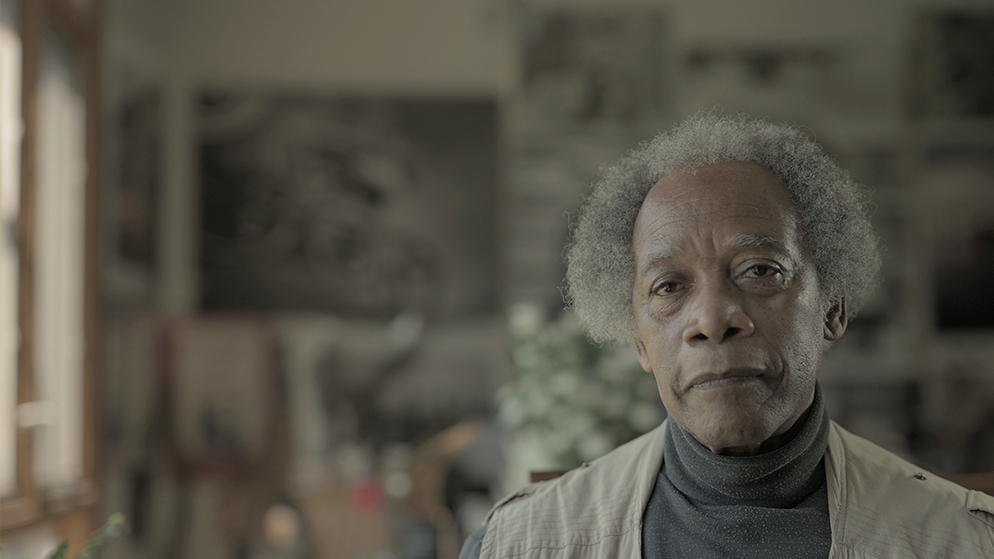The Power Behind The Power of Photography
The Power of Photography -
It’s all connected: four photojournalist on the passion, process and purpose behind photography’s power.
Filmmaker and director Alex Gorosh shot for seven days in four locations for The Power of Photography video. The post processing of three terabytes of footage took about five months. But the most important number we have for you is one: there was a single, crucial decision that set the framework and the tone for the video.
That decision was to tell the photographers’ stories by showing how they tell stories. “I wanted them out there, taking photos,” Alex says. “That was the main structure, the walls I wanted in this house we were building. I simply put them in position to do what they do.”
That setup also served Alex’s curiosity about what they look for and what goes into their creation of captivating images. “That’s something I’ve always tried to get to the heart of. I can look at a photo and tell you that I love it but trying to find that photo in the sea of what’s happening around them is what I think makes these photographers stand out. They know what to look for, they know how to look for it, and they know how much patience it takes to get those factors to combine.”
The photographers chose their subjects, but because Alex wanted to see examples of what drove them, he asked that their work for the video center on causes they cared about. “I really pushed them,” he says. “I wanted something that could advance a social cause or an environmental issue. I wanted to see them taking pictures that showed their concerns.”
He was an astute chronicler of their methods and those concerns. “Once we had the general structure in mind, we were able to dive deeper into hearing some of their personal stories. They were all wonderful to work with, and for me it’s fascinating to talk with people who are truly passionate about what they do, especially people who can take what’s essentially an art form and turn it into a meaningful career.”
Alex shot most of the footage with a Z 7II; a Z 6 was the second camera. He favored two primes for most of the shoot—the NIKKOR Z 35mm f/1.8 S and NIKKOR Z 50mm f/1.8 S—with occasional use of the NIKKOR Z 24-70mm f/2.8 S zoom.
Throughout the shoot he subtly turned the tables on his subjects. Here were four photographers skilled at pursuing and capturing stories who now became the story, who were simultaneously behind and in front of the camera. “I feel we got some really interesting stories and something of their philosophy behind photography,” he says, “and we learned about their process and some of the highs and lows of the photojournalist’s lifestyle.”
I really pushed them. I wanted to see them taking pictures that showed their concerns.
The Company We Keep
Nikon’s role in the power of photography—the fact itself, not the video—is both remarkably simple and incredibly complex.
We make tools.
We say that because we’ve heard it again and again from photographers: the camera is a tool. Okay, then…we make tools, and we’re more than okay with that. They are sophisticated, technologically-advanced, cutting-edge tools. They are tools that empower, communicate and illuminate. They are tools that bring about change.
We make these tools for professionals, enthusiasts, snap-shooters, bloggers, vloggers, YouTubers, Facebookers, you-name ‘em. We make them for people who document the world and those who capture their particular corner of it.
We make tools that extend imaging possibilities. We’re especially good at that.
What we can’t make, offer or supply is passion or purpose to the photographers who use the tools, photographers like those you met in the video. Their passion for their subjects and dedication to their purpose comes from them and remains their territory, and it is truly the power behind the power of photography.






